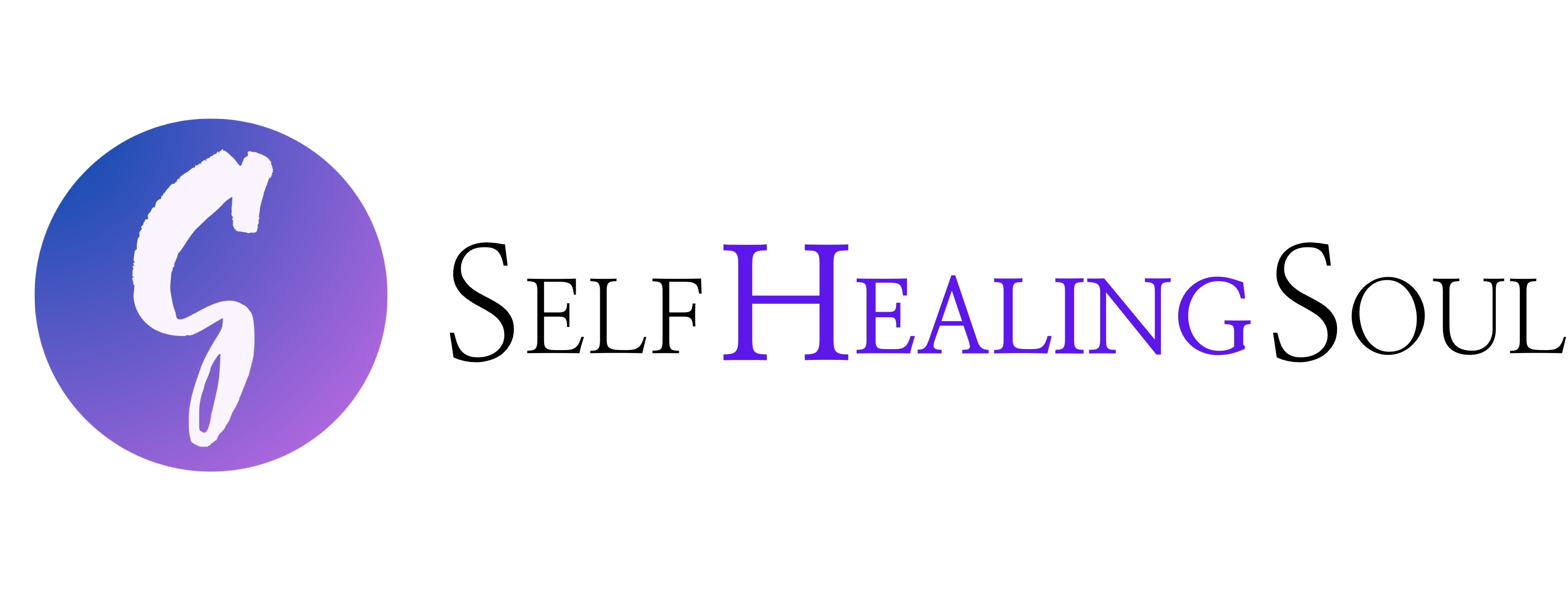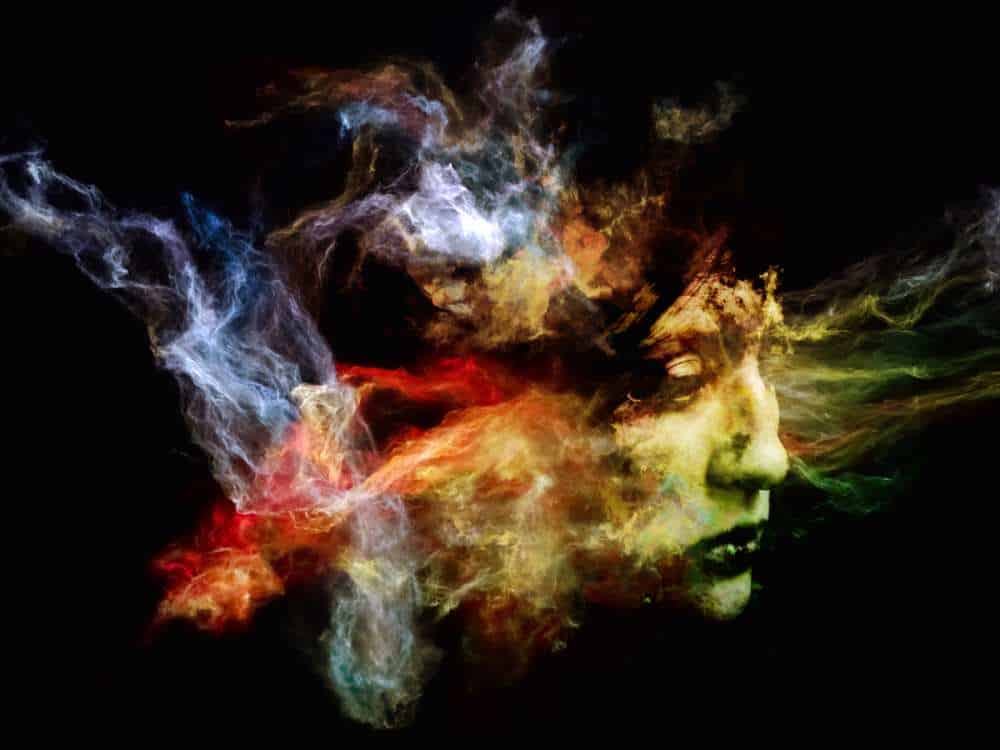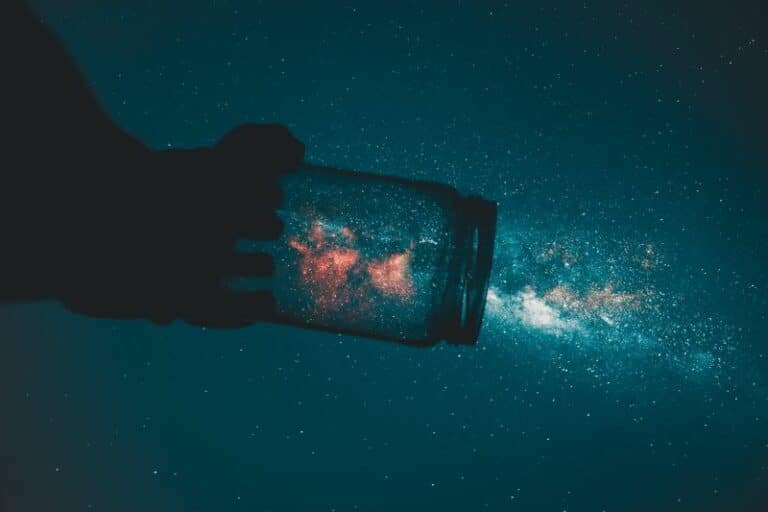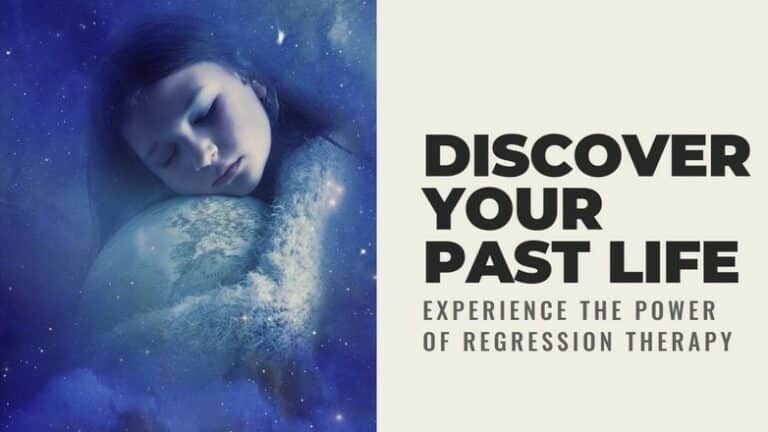Freedom from obsessive energies – how to recognise and release foreign attachments.
„I’m not myself anymore!“ We hear this sentence all too often in our therapeutic practice. There are many reasons for this feeling, one of which is still relatively unknown: the change in our nature due to external influences like obsessive energies.
These external influences can be very different. For example, they can be thoughts or feelings of others that are affecting us. They can even be attachments from souls whose bodies have already died.
Nowadays it is possible to get rid of possessions in a very professional way. There is no need for exorcistic practices, which often do more harm than good. A trained therapist can help you to identify and release your soul’s entanglements yourself.
But how does this happen, what can I expect on this journey and where can I find such a therapist? The answers can be found here.
Recognising attachments
You may be wondering if you can recognise such obsessions by yourself.
Certain manifestations, such as recurring dreams of deceased people, may indicate such a phenomenon, but we can only be sure of this with a trained therapist.
A second person is needed to reflect on and monitor what happens in a trance session. They can guide you through difficult situations and help you make important connections.
We do not start a session with the intention of getting rid of attachments, but first focus on how the problem is manifesting itself.
All sorts of symptoms can be caused by an obsession, but that is also true for childhood trauma or past life issues.
The true cause of our pain can only be found in the depths of the sub- or superconsciousness that leads us to the source of the problem.

Types of attachments
Manipulation through other people’s thoughts and feelings
As mentioned above, other people’s thoughts and feelings can work as attachments. An example: In cases of abuse, it is not uncommon for the abuser to pass on their own feelings of guilt to the victim: „It’s your fault this is happening. You looked at me that way… etc.“
This kind of programming by the perpetrator prevents the victim from talking about the incident and from seeking help. A double torture. In this case, the implanted programme must first be erased before the actual abuse can be dealt with.
Attachments of deceased souls
A second common form of attachment is that of deceased souls who have become embedded in us, either accidentally or consciously. This often happens in situations where we are weakened, whether by drugs or medication, by shock or trauma, or by illness or depression.
Good souls
„Good souls“ want to come to our aid and support us in difficult situations. For example, a recently deceased grandmother may want to comfort her granddaughter who is crying alone in her cot. But then – zap – she gets stuck with the granddaughter. When we ask her in session what happened, the answer is often: „I was too close“.
Even if the grandmother was a good person, her constant presence is not good for the granddaughter in the long run. Headaches, depressive moods or a vague feeling of numbness in a part of the body (often the place where the grandmother got stuck) can be the result.
Souls seeking help
„Souls seeking help“ wander our world between light and shadow, feeling lost. When a cheerful young person passes by, surrounded by an aura of joy, they feel attracted by their warmth and come closer. If the young person loses their self-protection (e.g. at a lively party after drug use), the deceased soul can nestle into his or her system.
But the restless soul finds no peace and its state of mind is increasingly transferred to the host. The young person may develop negative thoughts, even suicidal thoughts, for no particular reason.
Malevolent souls
„Malevolent souls“ specifically target vulnerable people. They look for a host who will give them the strength to stay in a pleasurable (spiritual) state. People suffering from addictions often serve as a source of energy for such „possessors“.
In sessions, therefore, it often takes some persuasion to remove these souls from their hosts. A golden way is to allow the soul to see what has made it what it is today. For no human soul is inherently evil.
These explanations and examples are by no means exhaustive. To discuss all possible forms of attachments and obsessions in one single blog would go far beyond the scope of this article. Here I can only give an idea of what we might encounter in sessions.
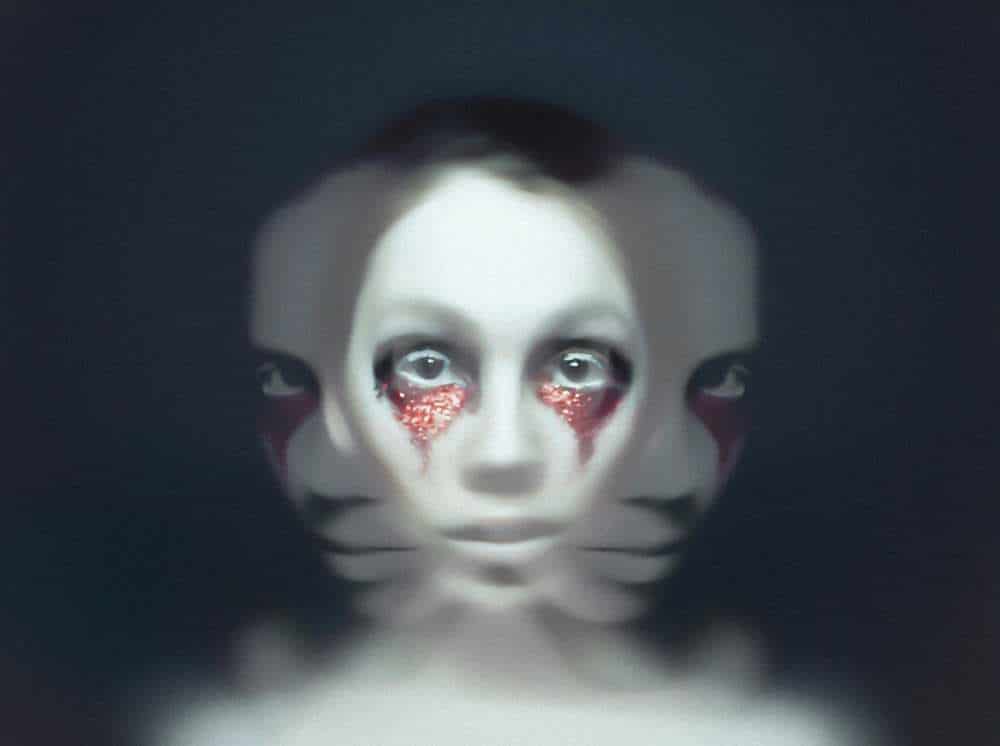
Releasing departed souls
As indicated in the last example, there are techniques for removing any form of attachment or possession.
If a good departed soul is just unhappily entangled in the body of someone else, a solution can often be found quite quickly. During the session it is often enough to understand the reason for this fate. We help the soul out of the unfortunate situation and have it picked up by a loved one who guides it to its soul light.
In this case we are helping two people, the deceased soul and our client.
With seemingly malicious attachments, we do not proceed much differently. We simply look for the reason for their malevolence and shed light on the further history of this lost soul.
There is usually a reason why it is behaving in this way. It is then our job as therapists, together with the client, to make that soul realise that the path it has chosen is the wrong one.
We don’t get into a power struggle with ‚the dark side‘, but take on the role of an observer trying to see the logic in the story.
If this is successful, even the tightest knot can be untied and the lost soul can finally let go of its delusion.
This practice is opposed to exorcism (casting out demons), which is used by priests till today. It treats possessions as demons and declares war on them.
Such a procedure is dangerous and can do more harm than good to the person concerned. The movie „Requiem“, which is based on a true story, shows this very impressively.

Obsessive energies with children
Children have a talent for falling into a trance state very quickly. If you watch them closely, you will notice that they fall into reverie again and again during the day.
Children are open to the vibrations within and around them. They quickly resonate with and respond to the prevailing atmosphere. Their so-called „ego boundaries“ are not yet fully developed.
This has both advantages and disadvantages. One advantage is that children who grow up in a loving family and experience a lot of affection will benefit from this experience for the rest of their lives.
If the child is exposed to a hostile environment at an early age, the child is weakened and becomes susceptible to negative beliefs (e.g. „I am stupid and useless“) or even soul attachments (see examples above).
Under certain circumstances, such an attachment may manifest itself in childhood either through cognitive disorders, emotional disturbances or even physical symptoms.
It is therefore difficult, if not impossible, to determine in advance whether the symptoms are foreign influences or not.
How can we find out then?
There are two ways: Either we work directly with the child using dissociative techniques such as storytelling or painting. Pictures that children intuitively draw on certain themes or stories that they make up can provide information about the ‚inner situation‘.
The second option is to work indirectly on the child through a parent or other significant person. In so-called „proxy sessions“ or „surrogate sessions“, the child’s proxy is led into the trance and illuminates the child’s state.
We check beforehand that the child agrees to the proxy intervention. If we get the green light, the healing work can begin.
In general, surrogate sessions are recommended for children aged 0 to 8 years. Older children may be treated in a direct session. However, the limit of 8 years is only an approximation. In reality, the choice depends much more on the child’s cognitive and mental abilities.
You can read more about how we work with children in my blog article „Regression Therapy for Children“.
Who can free me from attachments and obsessive influences?
In clinical psychology and psychotherapy, therapists working in the fields of transpersonal therapy, hypnotherapy and regression therapy were the first to encounter the phenomenon.
In organisations such as the EARTh Association, therapists pooled their experience and exchanged ideas about techniques that promised the best way to deal with obsessions.
Dr Hans TenDam, who shares his experience through the Tasso Institute, has done outstanding work in this field.
The techniques are now used worldwide and have a cross-cultural impact. You can find trainers and therapists here on the Self Healing Soul – plattform and in the EARTh directory.
Conclusion
The ability to free oneself from obsessive energies and entities is an important part of healing for many of our clients.
External influences through the thoughts and feelings of others, or even through the attachments of deceased souls, are more common than expected and are therefore part of the standard repertoire of any transpersonal therapist.
Both adults and children can benefit. Possession can only be analysed with a trained therapist.
This is not a violent expulsion (keyword: exorcism), but a focused and exploratory path that leads both sides (possessor and host) to liberation.
